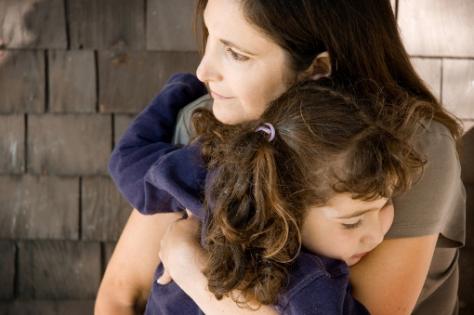Almost one in five homeless people in Australia are under the age of 12, and more than one-quarter are under 18. But while living on the streets can leave children and young people with lifelong mental and physical scars, for a growing number it is a safer option than staying at home, according to a new Wesley Mission study.
Homelessness and the next generation shows that many homeless people do not believe their homes are safe and that the experience of homelessness can leave anenduring negative impact on their lives.
“What is disturbing but not surprising is that home is often considered less safe than the alternatives – even sleeping rough,” the CEO of Wesley Mission the Reverend Dr Keith Garner said.
“While the causes of homelessness are often related to domestic and family violence, eviction, financial stress and loss of employment it is other factors including crime, substance abuse, domestic violence and mental illness that play their part.
“It is a sad fact that nationally, almost one third of homeless people who receive support are homeless families – and that number is expected to grow in the coming years.”
Families are the most likely group to be turned away from homeless services while two out of every three children who accompany a sole parent are turned away each day. While the Federal Government has allocated $5.6 billion to build 20,000 new social housing units, there are insufficient dwellings to cater for families. For example, in NSW, almost 97% of new dwellings are one and two bedroom, while only3% (142) are three or four bedroom.
Almost all of the participants in the Wesley Mission study felt that experiencing homelessness at a young age had a considerable impact on their life as an adult and any subsequent episodes of homelessness. Several participants spoke of losing their innocence as a result of experiencing homelessness as children.
Many had witnessed violence, illegal drug taking and crime – things they should never had seen as children.
In many cases, children and parents had left extremely disruptive environments, often surrounded by violence, aggression, extreme poverty or drugs and alcohol-related concerns. While counselling and case worker support, housing and meals were highly valued, services which ensured safe, security and the ability to ‘stop and pause’ laid the platform for more vital benefits to be realised.
“Without meeting these needs, it was very difficult for a service to address any of the deeper, long-term social and emotional wellbeing issues,” Dr Garner said.
There has also been a seismic shift in the face of homelessness - from an experience largely defined by single, older men to one where women, families and children are pronounced.
“If we are to adequately address the major issues, it is the experiences and concerns of families and children that need to inform service delivery and policy reform,” Dr Garner said. “It is important that both the government and non-government sectors hear the voice of the marginalised.”
“Multiple vulnerabilities and the breakdown of parent/child relationships need multi-disciplined solutions,” Dr Garner said. “This streamlining and service integration can be enhanced by greater interagency or community interaction so to take advantage of the suite of services on offer.”
Dr Garner said shared information platforms are also vital. Homeless people grow weary and distrustful of agencies that continually ask them to re-tell their stories to qualify for support or help.



















__small.png)










